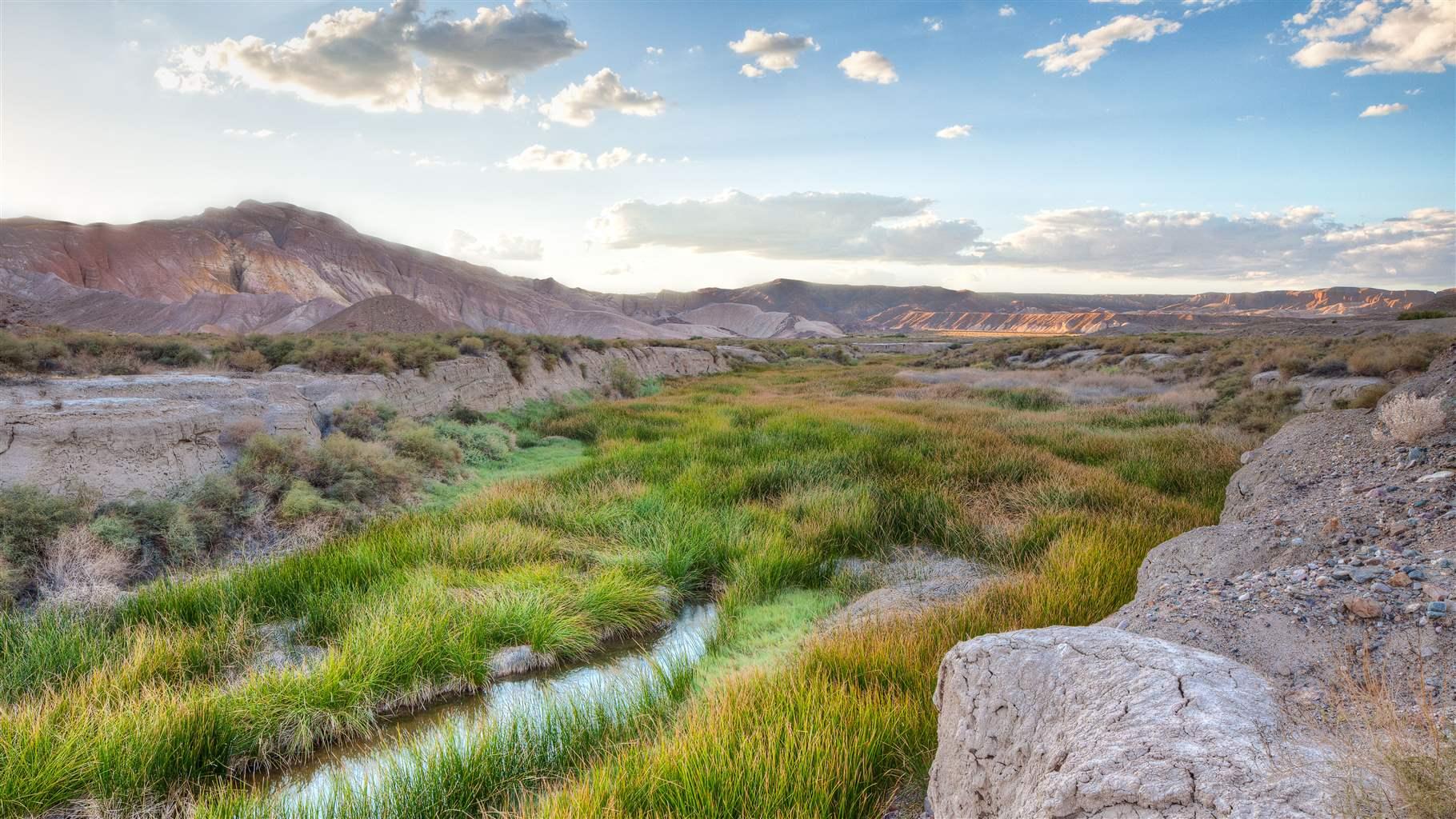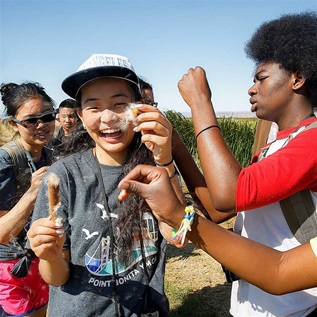Pew Applauds New Federal Public Land Conservation Policy
Bureau of Land Management rule will bring balance across multiple uses

WASHINGTON—In a major step toward improving the management of millions of acres of federally owned lands throughout the U.S., the Bureau of Land Management (BLM) today issued its final Conservation and Landscape Health Rule, which will better balance conservation, recreation, and industrial uses.
Historically, BLM’s multiple-use policy has focused on mining, oil and gas exploration, and other development rather than outdoor recreation and conservation on the 245 million acres that the agency manages. But now, the new rule will enable BLM to put the stewardship of wildlife habitat and cultural resources as well as Americans’ access to outdoor recreation on equal footing with other uses.
The final rule comes after an extensive public comment period in which 92% of the more than 150,000 comments received backed the new rule. Tribes, legal scholars, attorneys general, businesses, local elected officials, hunters and anglers, and many others weighed in, outlining their reasons for supporting the rule and emphasizing the ways in which the rule upholds BLM’s mission of multiple use and sustained yield.
Marcia Argust, director of The Pew Charitable Trusts’ U.S. conservation project, issued this statement:
“The Conservation and Landscape Health Rule is a much-needed update to how the Bureau of Land Management manages important watersheds, wildlife habitat, and cultural resources. The new rule will benefit ecosystem health and the communities that depend on these landscapes for their livelihood. The final rule does not abandon uses such as energy development, timber harvesting, or mining but instead creates a more level playing field where conservation of our nation’s natural resources is actually in the game.”











